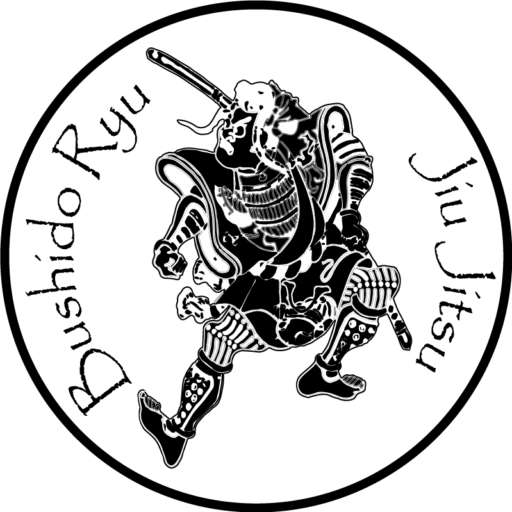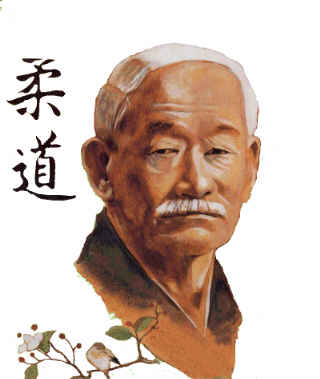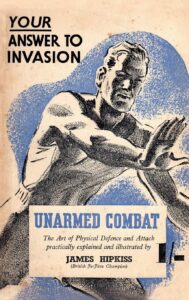
Bushido Ryu Jiu Jitsu Club
English Jiu-Jitsu Federation History

Jigoro Kano was born in 1860 and as a young man, he studied several styles of Jiujitsu, gaining master’s degree in two of them and teacher’s degree in two others. he also had a good working knowledge of other styles. The styles he mastered were two of the oldest, kitoryu and tenshin shinyo ryu. In 1882 he started his own school Kano Ryu and by combining elements of these two main styles developed his own style. In 1884 he founded the Kudokan, (hall of learning) his style was not a sport or just a self defense system, to highlight this fact he borrowed a name from the Jikyshin Ryu an old Juijitsu school. The word was “Do” which means the way or path. Kano tagged the name onto his style of Jiujitsu, to emphasise its philosophy for many years his style was known as Kano Jiujutsu/judo or Juido to use the original spelling. Technically his style differed little from others expect being an amalgamation of two or more styles it obviously had more techniques in it syllabus than had the average Jiujitsu styles.
Kano’s Jiujitsu school was very popular so much so that many of the other school adopted his Judo tagg despite the fact most of them were not practising his style at all, It was probably the practice of using the name Judo in connection with the old schools of Jiujitsu that brought about the misunderstanding that Judo was just another way of saying Jiujitsu
Upto the outbreak of world war two, Kano’s system developed and evolved but none the less was still Jiujitsu regardless of any other tagg given to it. Kano died in 1938 so we have no way of knowing if the changed within his style made after world war two would still have taken place with his support, many think they would not. by removing dangerous techniques from judo and drawing up safety rules, the entire structure under went drastic changes, culminating into what we know as Olympic Judo.
Kano’s idea was to preserve Jiujitsu techniques, but his successors disregard a large number of them, perhaps those that began dismantling of Jiujitsu did not expect it to go as far as it has and later generation felt enough was enough and have in recent years at least at the Kodokan have begun to reinstate many of the banned techniques. Before world war two and for the decade after Judo included a large number of wrist locks, neck, leg and spine locks, methods of striking vulnerable or vital points of the body, using as weapons the finger tips, knuckles, edge of hand, elbows, knees, heel/ball/edge of the foot. All of which are dangerous even lethal. So inappropriate for a sporting contest. So they were removed for safety ‘but’ Kano Jiujitsu had always practised competition fighting to hone their techniques, the same banned techniques were not allowed in contest but were still in the arsenal, If this was passable pre war why is it not since.
Many believe that it was not the fact they were dangerous but rather because those who wanted Judo to be a sport did not want to as they saw it waste of time practising and learning techniques they could not use (in contest) when they can drop them and better concentrate on sport skills. By the mid 1960’s sport Judo and traditional parted company. Some traditionalists tried to continue as Judo but were slated for it. Most returned to Kano Jiujitsu. It is worth mentioning that in the years immediately after the war. The London Judo society held regular competitions open to any Judo or Jiujitsu club who wished to take part, and some did. the fear that Jiujitsu fighters would even by accident use some mystical unfair and dirty trick to overcome the clean fighting Judo players never happened. What put a stop to Jiujitsu exponents entering Judo matches I don’t know but I know that the fear of a Jiujitsu fighter using his none sportsman like skills in a contest was still spread in the 1970s.
In 1918 a 20 year old named James Hipkiss began studying Jiujitsu under Yukio Tani and Gunji Koizumi. Tani was the chief instructor of the British Jiujitsu society, and also of the London Budokwa, Which had been founded by Koizumi in 1918.
In 1927 James Hipkiss became British open Jiujitsu champion at a tournament held in Blackheath London. Arranged by the B.J.J.S. and in the same year he became Midlands lightweight free style wrestling champion and short listed for the Olympic wrestling team.
Jigoro Kano visited Britain for the first time in 1920 and awarded Koizumi and Tani their 2nd Dan in Kano Jiujitsu/Judo. both had been teaching Tenshinshinyo Jiujitsu since they arrived here in the early 1900’s. Kano recognised both the Budokwa and B.J.J.S and apparently a few lesser known groups. Kano made three visits to the UK in his role as Japanese ambassador. He was a member of the house of peers, he was also an official of the international Olympic committee and of course he was pushing his style of Jiujitsu, he is supposed to have met James Hipkiss on each occasion when he was visited and also at Olympic meetings abroad. However we have no details of their meetings. Hipkiss successfully defended both his wrestling and Jiujitsu titles for a decade and apparently did so without killing anyone in a Jiujitsu match.

In 1933 Mr Hipkiss wrote his first book on self defence and in 1935/36 opened his first school, in 1940 he was appointed unarmed combat instructor at the HQ of Birmingham home guard. The same year he wrote a manual of unarmed combat for the military, plus a training movie it is now kept at the Imperial war museum. Apart from a few copies kept by myself and the E.J.J.F. Mr Hipkiss continued teaching after the war at the Jenkins St. Institute, Small Heath, Birmingham. It had regular visits from Japanese masters including Mastutoro Otani a Judo/ Jiujitsu exponent and Kenshino Abbe 8th Dan Judo who introduced Aikido and Karate to Britain.
Follow us
@ 2023 Sara Bourne bournecreative.com
